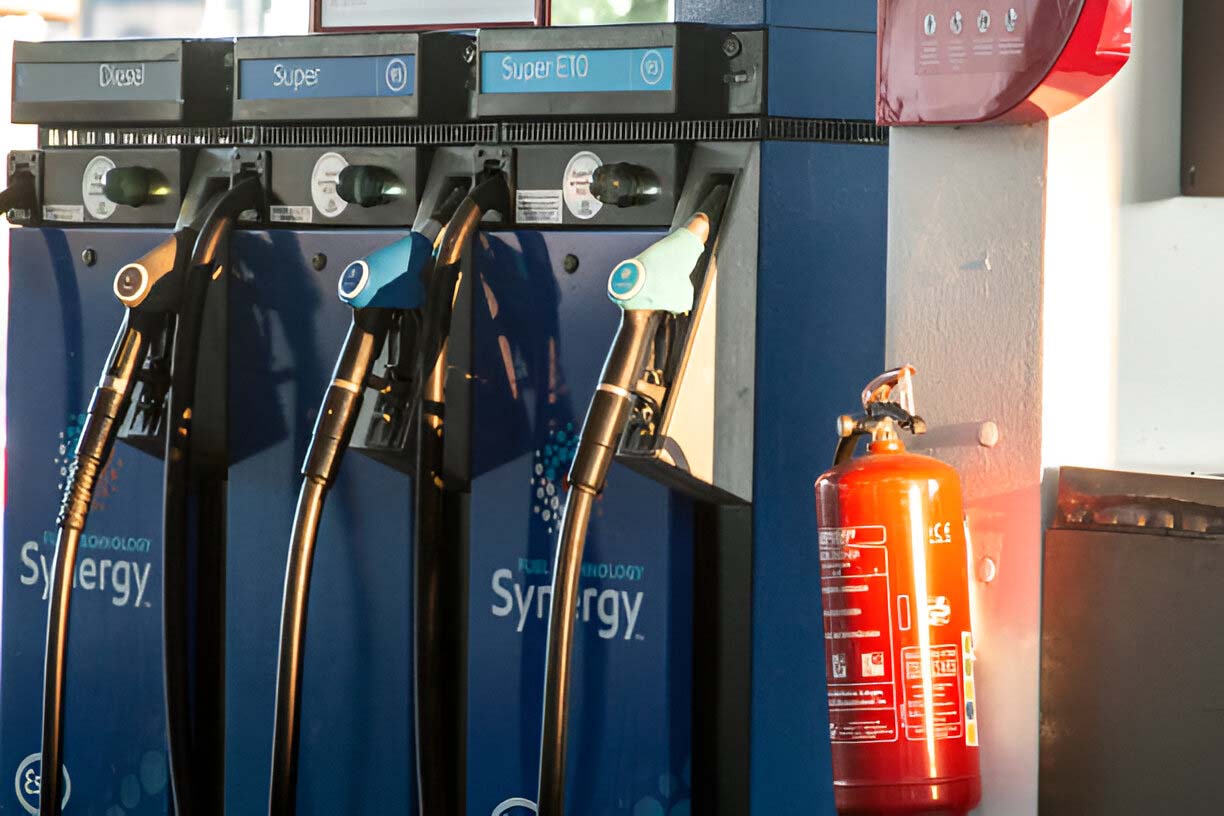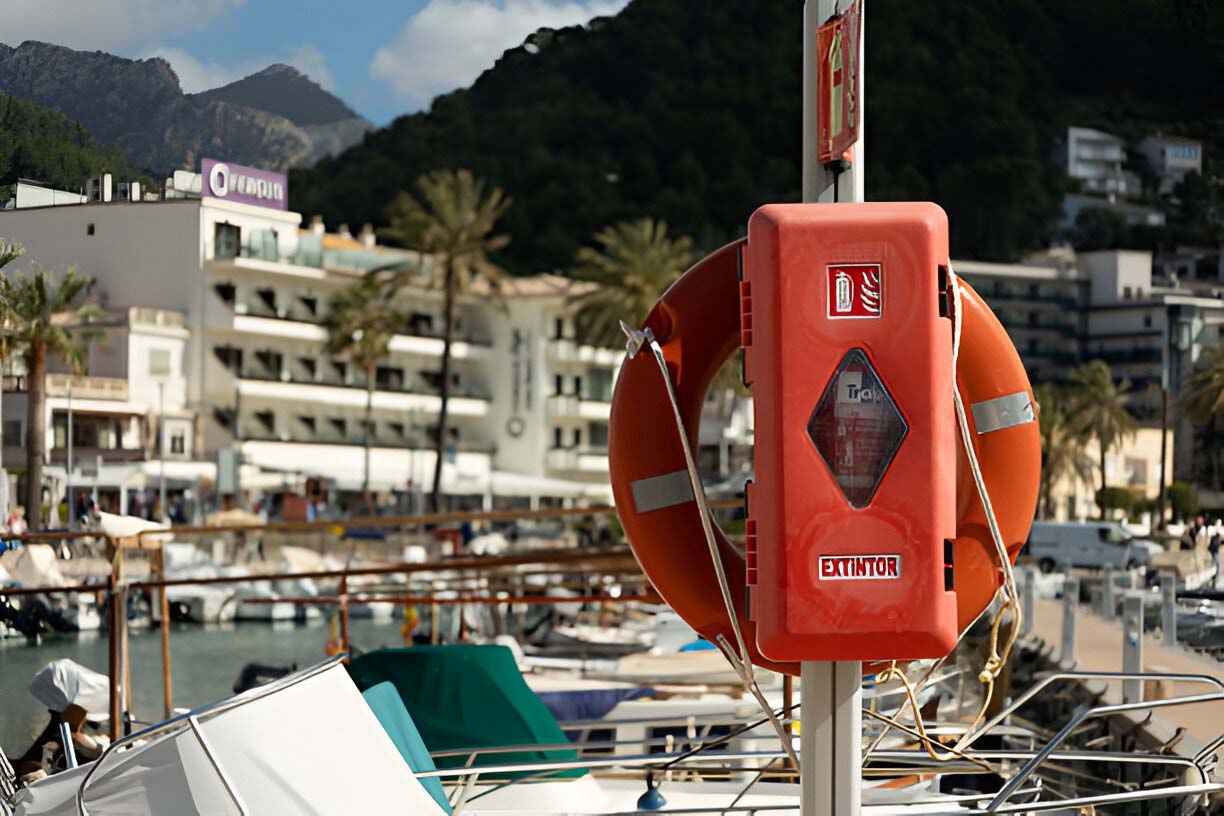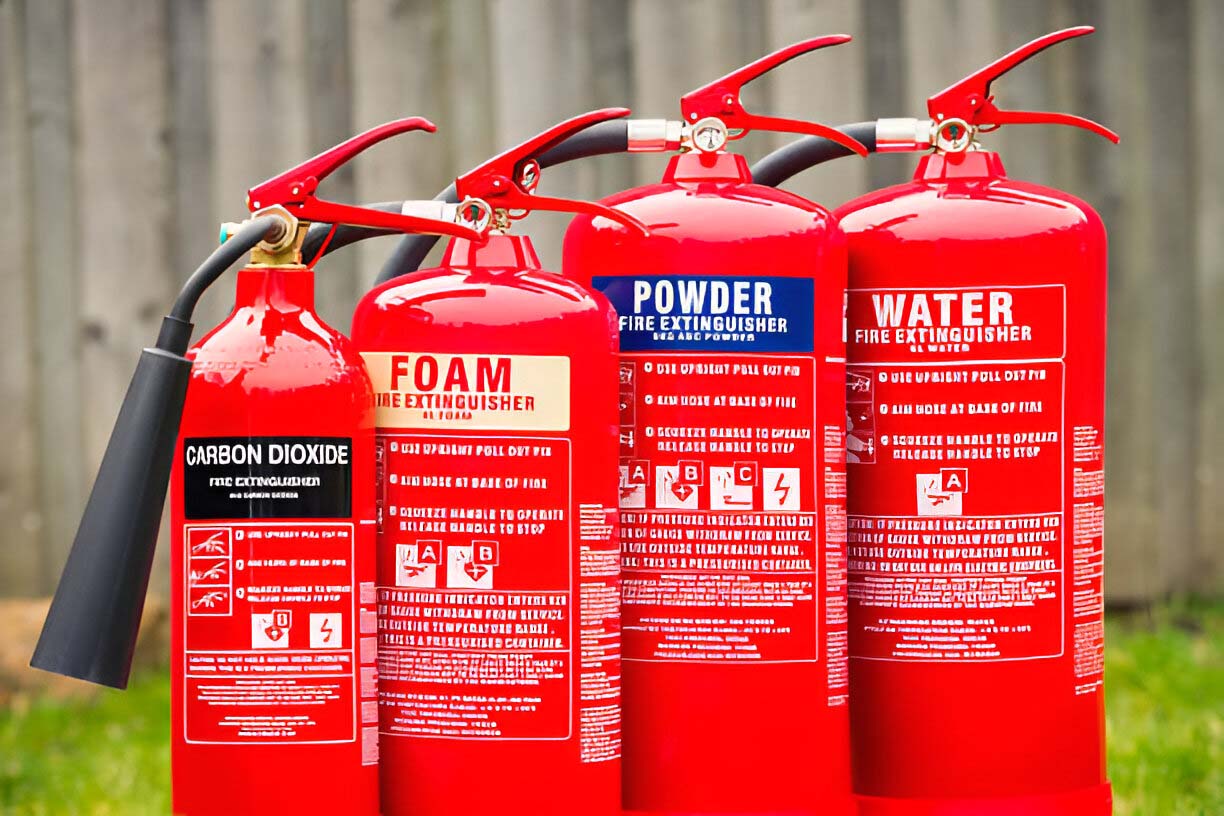When it comes to fire safety, proper storage of fire extinguishers is just as important as having them available in the first place. A common question among facility managers, construction site supervisors, and safety professionals is: can fire extinguishers be stored outside? The short answer is yes, but only under specific conditions that meet regulatory standards and environmental demands.
This article explores the factors involved in storing fire extinguishers outdoors, referencing OSHA and NFPA guidelines, and provides practical insights into balancing accessibility, reliability, and compliance.

Understanding Regulatory Guidance: OSHA and NFPA
The Occupational Safety and Health Administration (OSHA) and the National Fire Protection Association (NFPA) both provide clear requirements on fire extinguisher placement, maintenance, and usability.
– OSHA Standard 1910.157 mandates that extinguishers must be readily accessible, fully operational, and inspected monthly. It doesn’t explicitly prohibit outdoor storage but implies that extinguishers should remain functional in the environment they are placed.
– NFPA 10, the industry standard for portable fire extinguishers, requires that devices be maintained in a manner suitable for the climate. Section 6.1.3.3 of NFPA 10 explicitly states that extinguishers shall be protected from environmental conditions that could cause damage or render them ineffective.
Thus, the answer to “can fire extinguishers be stored outside” is context-dependent, relying heavily on protection from the elements, routine inspections, and climate-specific considerations.
Weather-Related Risks of Outdoor Storage
Outdoor environments expose extinguishers to conditions that can degrade their performance:
– Temperature Extremes: Freezing can compromise water-based extinguishers, while high heat can lead to pressure fluctuations and material fatigue.
– UV Radiation: Prolonged exposure to sunlight can weaken the integrity of hoses and nozzles.
– Moisture and Humidity: These factors can lead to corrosion and reduce reliability during use.
– Wind and Physical Impact: Unprotected extinguishers may be knocked over or blown around, risking damage or accidental discharge.
To mitigate these risks, outdoor fire extinguishers should be placed in protective enclosures that are weather-resistant, UV-stabilised, and clearly marked.

Choosing the Right Type of Extinguisher for Outdoor Use
Not all extinguishers are equally suitable for outdoor environments. Here are key considerations:
– Dry Chemical Extinguishers are more resilient to temperature changes and typically preferred for outdoor use.
– Class K Extinguishers should not be stored outside due to their sensitivity to temperature.
– CO2 Extinguishers may not perform optimally in cold climates due to pressure sensitivity.
Selecting the right type also includes looking for UL certification and weatherproof labeling. Additionally, pressure gauges should be easily readable even when housed in a cabinet.
Tradeoffs and Practical Challenges
Balancing accessibility with protection is a central challenge when storing extinguishers outdoors:
– Accessibility vs. Security: Locking cabinets may deter vandalism but delay response times in emergencies.
– Protection vs. Visibility: Weather-resistant enclosures can obscure extinguisher visibility unless properly labeled and mounted.
– Cost vs. Compliance: Investing in proper enclosures, inspections, and weather-resistant models can be costly upfront, but it avoids penalties and liability in the event of non-compliance or failure.
These tradeoffs must be evaluated in the context of each facility’s risk profile, geographic location, and frequency of use.
Inspection and Maintenance Best Practices
According to OSHA and NFPA, routine maintenance is essential. For outdoor fire extinguishers:
– Monthly visual inspections should check for corrosion, tamper seals, and pressure levels.
– Annual professional servicing should include internal checks, hydrostatic testing, and refills as needed.
– After inclement weather, especially storms or snow events, extinguishers should be inspected for water intrusion or displacement.
Reliable storage solutions must not only meet current regulations but also withstand future weather variability and increased climate risk.
Real-World Applications and Examples
Industries that often require outdoor fire extinguishers include:
– Construction sites: Temporary locations with fluctuating access and risk.
– Oil and gas facilities: High-hazard zones where external storage is necessary.
– Agricultural operations: Barns, silos, and field equipment areas.
Each use case has specific compliance needs and often benefits from integrated fire protection plans.
For an in-depth guide on storage precautions and product-specific tips, check out this helpful OSHA Fire Safety Fact Sheet and the NFPA 10 Standard Overview.
Final Thoughts: Smart Outdoor Storage for Fire Safety
In summary, can fire extinguishers be stored outside? Yes, but only when precautions are taken to preserve their function, integrity, and compliance status. The decision involves assessing environmental hazards, regulatory requirements, and cost-benefit tradeoffs.
Improper storage not only jeopardises emergency response but may also violate OSHA standards and NFPA codes, increasing legal and safety risks.
Organisations must weigh factors like visibility, accessibility, and climate resilience. Properly protecting outdoor fire extinguishers through weatherproof cabinets, regular maintenance, and environment-appropriate selection is not optional—it’s essential.
To learn more about the risks and mitigation strategies, visit Industrial Fire Protection’s article on the outdoor fire extinguisher question and explore how professional safety services can help you build a compliant fire response plan.








